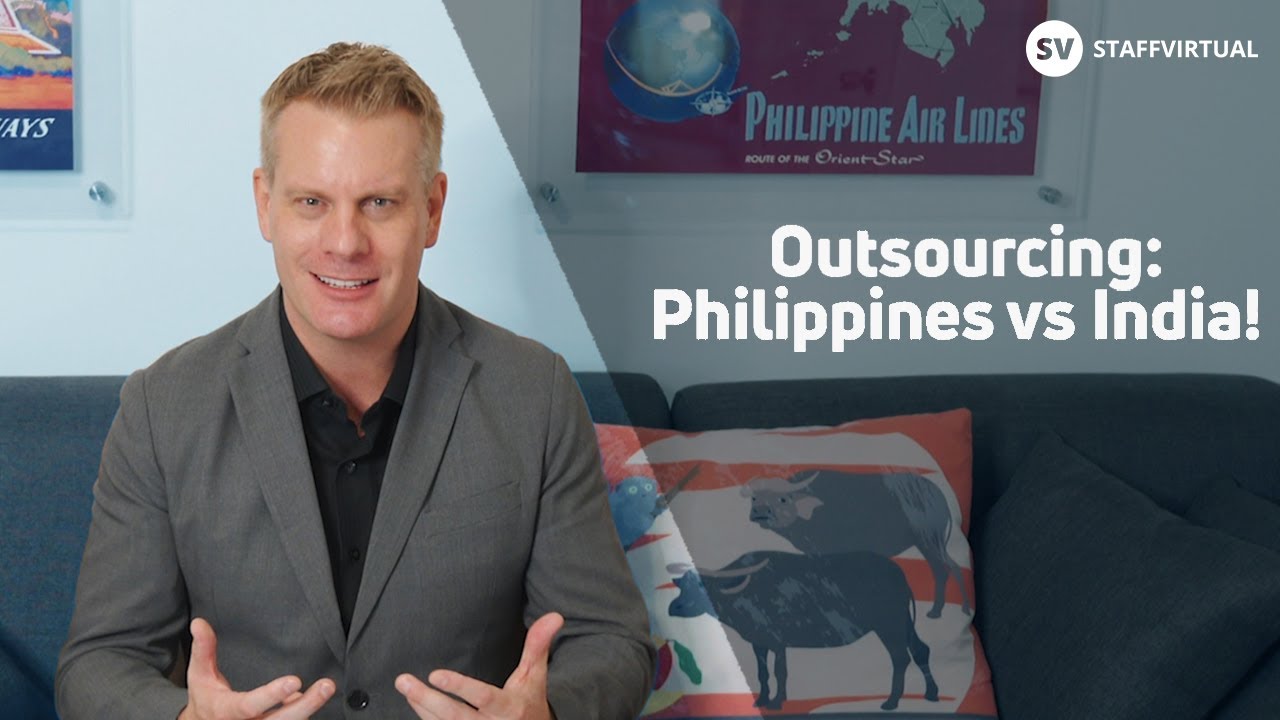Call Center Terms and Jargons Newbies Should Know
Summary
TLDRThis video script offers an insightful overview of the call center and BPO industry, particularly for newcomers. It explains the concept of BPO as a broad service outsourcing sector, with the call center industry being just one of its many facets. The script clarifies the roles of 'accounts' and 'agents,' the difference between inbound and outbound calls, and various job titles like CSR and TSR. It also covers essential industry terms such as 'product training,' 'tools,' 'mock calls,' 'nesting,' and 'escalation.' The speaker invites viewers to request a follow-up for further exploration of the topic.
Takeaways
- 😀 BPO stands for Business Process Outsourcing, where a company hires another to perform certain tasks, often due to lower labor costs.
- 🌐 Call centers are a subset of BPO, focusing on customer service via phone, while contact centers also handle emails and chat.
- 📞 The Philippines is highlighted as a popular location for BPO due to cost-effective labor, with examples like Amazon and eBay outsourcing customer service.
- 🔄 The difference between inbound and outbound calls is based on the direction of the call flow: inbound from customer to agent, outbound from agent to customer.
- 👥 CSR stands for Customer Service Representative, responsible for addressing customer inquiries and problems.
- 💻 TSR refers to Technical Service Representative, requiring specific technical knowledge to assist customers with more complex issues.
- 🛍️ An Account in a call center context is the client company for whom the call center is providing services.
- 📚 Product training is essential for new hires to learn about the account's policies, processes, and tools needed to assist customers.
- 🔧 Tools are the applications and software agents use to assist customers, varying in number and complexity depending on the account.
- 🎭 Mock calls are practice sessions simulating real customer interactions to help agents get accustomed to handling calls.
- 🔄 Nesting is a training phase where new agents take real customer calls under supervision, typically for a reduced number of hours to facilitate learning.
Q & A
What is BPO and how does it relate to Amazon or eBay?
-BPO, or Business Process Outsourcing, is a process where one company hires another company from a different country to handle certain tasks for them. Companies like Amazon or eBay might outsource their customer service needs to another company in a different country to take advantage of lower labor costs.
Why would a company choose to hire another company from another country for BPO services?
-Companies often choose to hire another company from another country for BPO services due to the lower cost of labor in that country, which can result in significant cost savings for the hiring company.
What is the difference between a contact center and a call center?
-A contact center deals with emails, chat, and calls, while a call center typically only deals with calls. Both are places where agents make and receive calls and interact with customers or potential clients.
Why might people in the Philippines commonly associate BPO with call centers?
-In the Philippines, the term BPO is often synonymous with call centers because a majority of the BPO companies there are call center companies, even though BPO is a broader term that includes various skills and services.
What is an 'account' in the context of call centers?
-An 'account' refers to the client company that the call center is working for. It is the company that pays the call center and for which the call center agents provide services.
What are the three parties typically involved in a call center setup?
-The three parties typically involved in a call center setup are the account (the client company), the call center company (which manages payroll and operations), and the call center agents (who interact with customers).
What are 'inbound' and 'outbound' calls in a call center?
-Inbound calls are those coming from the customer to the call center, such as for customer service or booking appointments. Outbound calls are made by call center agents to potential clients, for example, to sell products or conduct surveys.
What does CSR stand for and what is their role in a call center?
-CSR stands for Customer Service Representative. Their role is to answer customer questions, solve problems, and assist customers with their concerns.
What is the difference between a CSR and a TSR in a call center?
-A CSR is a general customer service representative, while a TSR (Technical Support Representative) has a more specific field of expertise, often dealing with technical issues such as fixing computers or internet connections.
What is 'product training' in a call center and why is it important?
-Product training is the process where call center agents learn about the account they will be working for, including company policies, processes, and the applications and software they will use. It is important because it equips agents with the necessary knowledge to assist customers effectively.
What is a 'mock call' and why is it used in call center training?
-A mock call is a simulated call where a trainee acts as a call center agent, and another person, usually a trainer or fellow trainee, acts as the customer. It is used to help agents get used to taking and handling calls in a realistic setting.
What is the purpose of 'nesting' in call center training?
-Nesting is a part of call center training where trainees take actual calls from real customers under the supervision of a trainer. It helps trainees transition into actual work by providing a shorter, supervised experience before full employment.
What are 'warm transfer' and 'cold transfer' in a call center?
-A warm transfer is when an agent informs the next agent about the customer and the issue before transferring the call, allowing the next agent to prepare. A cold transfer is a direct transfer without such preparation, often used to save time or when transferring between departments where an introduction is not needed.
What does 'ACW' stand for and what does it involve?
-ACW stands for After Call Work. It refers to the tasks that agents must complete after a call, such as updating customer information or resolving issues, which can vary in complexity depending on the account.
What does 'avail' mean in the context of a call center?
-'Avail' in a call center means changing one's status in the dialer from unavailable to available, signaling readiness to receive calls from customers.
What is the difference between 'cueing' and 'veil' in a call center?
-'Cueing' refers to a situation where many customers are calling and waiting to be answered, indicating a busy line. 'Veil', on the other hand, describes a status of a queue when no one is calling and the line is available.
What does it mean to 'escalate' a call in a call center?
-To 'escalate' a call means to transfer it from an agent to someone higher up, such as a supervisor or the escalation department, when the agent cannot resolve the customer's issue or the customer requests to speak with a higher authority.
What is 'de-escalation' in a call center and when is it used?
-De-escalation is the process of convincing a customer not to transfer a call to a supervisor when the issue can be resolved at the agent level. It is used to manage call volume and keep as many calls as possible from going to team leads or supervisors.
What are 'auto in' calls and how do they affect the call center workflow?
-Auto in calls are calls that are automatically dialed by the system, either for inbound (receiving calls) or outbound (making calls) purposes. This can lead to less downtime between calls, potentially increasing stress for agents as they have fewer breaks between interactions.
Outlines

このセクションは有料ユーザー限定です。 アクセスするには、アップグレードをお願いします。
今すぐアップグレードMindmap

このセクションは有料ユーザー限定です。 アクセスするには、アップグレードをお願いします。
今すぐアップグレードKeywords

このセクションは有料ユーザー限定です。 アクセスするには、アップグレードをお願いします。
今すぐアップグレードHighlights

このセクションは有料ユーザー限定です。 アクセスするには、アップグレードをお願いします。
今すぐアップグレードTranscripts

このセクションは有料ユーザー限定です。 アクセスするには、アップグレードをお願いします。
今すぐアップグレード関連動画をさらに表示

Call Center Job Interview Simulation | No Call Center Experience

ALORICA INTERVIEW QUESTIONS AND ANSWERS for NEWBIES 2023! ALORICA INITIAL AND FINAL INTERVIEW!

The Truth Behind Healthcare Account | What They Don't Tell You | BPO Account Series | Metacom

Outsourcing: Philippines Vs. India

Irate Customer Mock Call Uninterrupted Version

Call Center Actual Application | Mock Call | Final Interview | Kuya Reneboy in Metacom Part 3
5.0 / 5 (0 votes)
